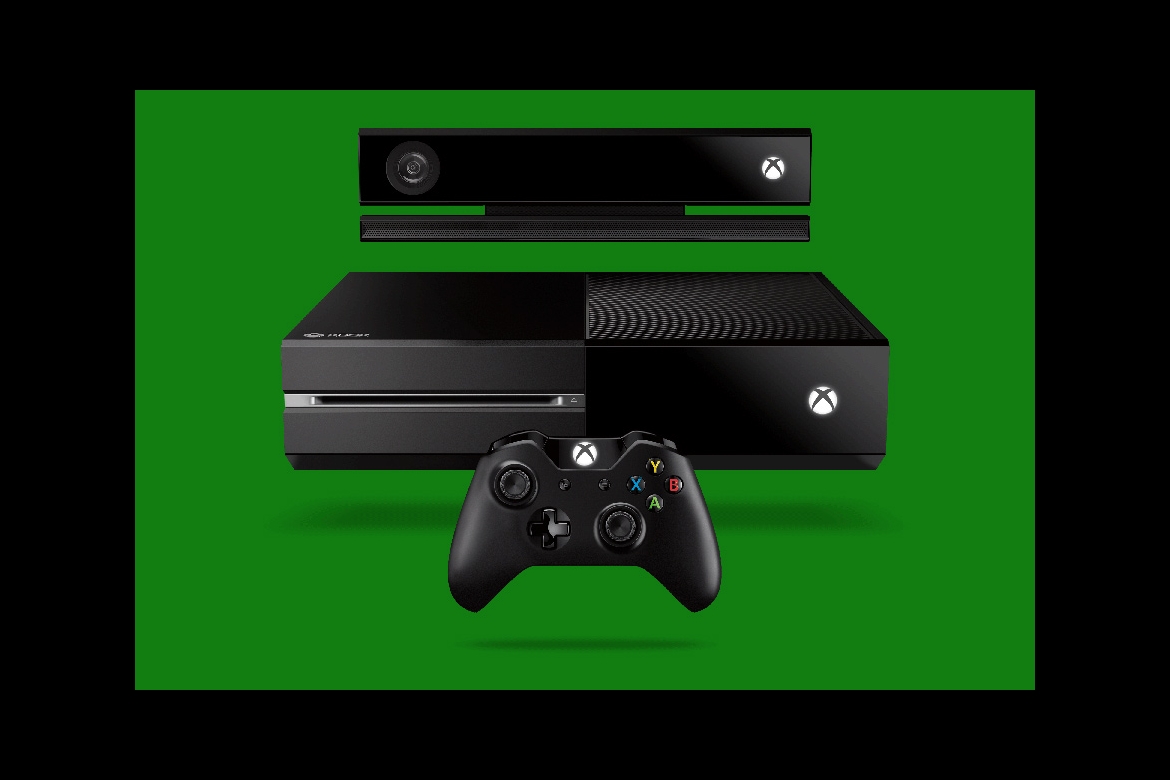All for Xbox One
With its unified Xbox update due in stores Nov. 22, Microsoft seeks to ward off tablets and smart phones, in addition to long-standing foe Sony Playstation.
For a brief time, it appeared as though the makers of advanced videogame consoles owned the living room of the future. But the frenetic pace of entertainment technology is leaving nothing safe from obsolescence — not even Microsoft’s venerable Xbox.
When Microsoft introduced Xbox 360 in 2005, it became one of the first successful all-in-one entertainment devices, providing one piece of hardware for TV watching and videogame playing. As of this past spring, more than 77 million units had been sold.
Unfortunately for Microsoft — as well as Sony and Nintendo, the other major console makers — consumers are increasingly watching video and playing games on smart phones and tablets, two mobile technology categories in which Microsoft has not excelled.
But the house that Bill Gates built is determined to sustain the vitality of this important product line: its major update, the Xbox One, will hits stores this month at a lofty $499.
Unveiling the device in May, Don Mattrick, then Microsoft’s interactive entertainment business president, said the tech giant wants to build the “ultimate all-in-one home entertainment system.” But Mattrick won’t be around to finish that job.
In July he joined the struggling social-gaming giant Zynga, and Microsoft promoted Julie Larson-Green, a twenty-year veteran with the company, to head its devices and studios group, overseeing hardware development (including Xbox) and Microsoft Studios.
Indeed, the Xbox is the technological foundation of Xbox Live — a video game and entertainment programming service with 48 million global users — as well as Xbox Studios, an original programming development and production unit headed by former CBS executive Nancy Tellem.
If the Xbox One doesn’t meet consumer expectations, these huge content initiatives could suffer.
With the new device, the company wants to pack in even more all-in-one functionality. The ability to make Skype video calls on your television and easier toggling between phone conversations, games and TV shows are just a couple of new features on deck.
The company plans to more seamlessly integrate its Kinect control system into the updated device as well.
Introduced last year as an add-on for the Xbox 360, Kinect lets users control their console through voice and gesture; it will come packaged with the Xbox One.
With Microsoft making program deals with cable TV providers for Xbox Live in recent years, it was suspected that its next-generation Xbox might replace the cable box. That doesn’t appear to be the case.
As with the Xbox 360, the Xbox One lets users connect to their existing cable box — now with a high-definition HDMI cable. The pay-TV window shows up in a nifty Xbox interface program guide.
Within the Xbox One’s sleek black box, there will be more computer power, with an 8-core processor, 8 gigabytes of RAM, a 500GB hard drive, 3 USB ports and a Blu-ray player.
Against the forces of mobile entertainment and web-based gaming, it’s hard to say whether Xbox One will be as big a hit as its predecessor. Nintendo’s next-generation Wii U, for example, has sold poorly since its debut last fall.
Meanwhile, the Xbox’s ever-present competitor, Sony’s Playstation, is set to roll out PS4 domestically on Nov. 15 with a substantially lower $399.00 price tag.
Good news for both: pre-orders for the Xbox One and PS4 are sold-out at most major retailers and shoppers hoping to buy will have to take their chances at in-store launch.
____
Additional reporting by Juliana Bolden
A previous version of this article appeared in
issue no. 6, 2013 of Emmy® magazine.








